

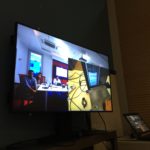










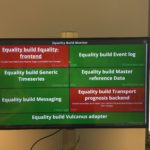
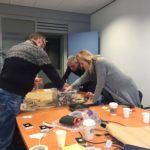

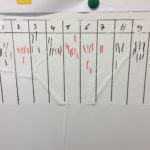

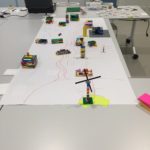


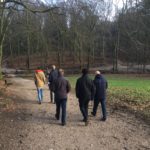
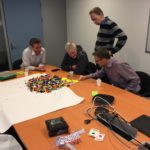


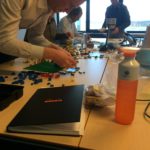
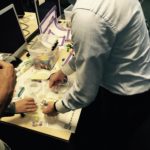
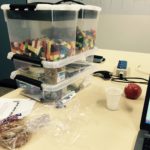
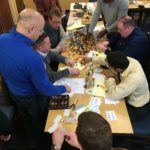






The science and art of Scrum Teams DevOps Teams DYA Teams Product Teams Business Teams Cyberdefense Teams SAP (Activate) Teams
Importance of teams
More and more work is delivered in teams. In 1987 28 % of the employees in firms worked in teams. This percentage expanded by 1995 to 68 % and now around 50 % to 70 % (1). More organizations use Scrum, Agile en DevOps and position their organization around teams. In other domains like Marketing, HR and Cyberdefense start to introduce agile principles.
The starting point for this journey was when I started implementing agile principles, Scrum or Kanban in non IT teams. Non-IT teams can be business teams or operational teams delivering something different than software or reporting. Implementing Scrum in non IT teams by the book will not work. The context is different and not all agile processes will fit. This also means your team will not automatically benefit from the team best practices from you get out of the box from for example Scrum. Going back to the research Scrum was based on, learned me how find alternatives to get the same effect.
De science of teams
Reading research toke me along interesting teams like astronauts, flight crews, bomber squads, CIA analysts and Special Ops Teams. I noticed Ken Schwaber and Jeff Sutherland used most of best practices on teams in the Scrum Handbook. Examples are the : 7+/- 2 rule for team size, scrum roles and importance of product and team goals.
My focus was to find factors, frameworks and questionnaires that provide tangible results on what maturity a team has and what actions can be used to improve the team. In a way every team is unique but by using this assessment even issues that are below the surface can be made visible. This led to some surprises on teams proving to be very mature and teams who had serious issues.
The result is an team assessment based on the following elements:
- Team Diagnostic Survey (2)
- 5 Dysfunctions of a team (3)
- Big 5 personality and Fusion (4)
The art of intervention
In a way every team is unique but by using this assessment even issues that are below the surface can be made visible. It’s an art to find the intervention suitable to improve the team together.
Results
In 2018 I used the team diagnostic survey gebruikt in an agile transition. 13 cyberdefense teams were trained and coached in using Scrum, Kanban and Lean. At the start of the transitions I used the team diagnostic survey and other assessments for a baseline assessment. At the end I repeated the assessment. The results were:
- team maturity increased from 20 to 50%.
- team enabling conditions improved 20%
- de team predictability (ls the team delivering what they planned ) increased in 3 quarters from 16% to 59% and 75%.
Sources
(1) Thomas Cummings, Organization Development & Change, 2009
(2) Wageman, Hackman & Lehman. (2005). Team Diagnostic Survey: Development of an Instrument. Journal of Applied Behavioral Science. 41, 4, 373-398.
(3) Patrick Lencioni, De Vijf Frustraties Van Teamwork en hoe die te verhelpen (The Five Dysfunctions of a Team), 2002
(4) Dave Winsborough, Fusion: the Psychology of Teams, 2017
The title of this page was inspired by “The science and art of great teams” of 6 Team Conditions.

